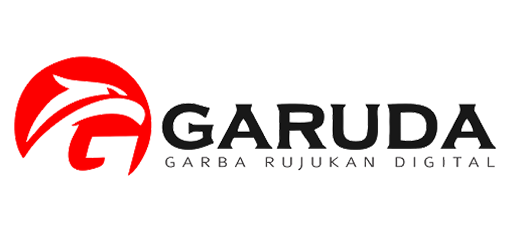HEALTH RISK ANALYSIS IN REUSING SLUDGE WASTE OF PT. X
DOI:
https://doi.org/10.33633/visikes.v20i1.4574Abstract
Background:The consequence of industrial activities was the generation of waste. PT X's Wastewater Treatment Plant produced sludge as a by-product. This study aim to see the TCLP test of food industry waste which will be reused, how the risk was to human health through an Environmental Health Risk Analysis study, and how the product quality was. Method: The population in this study was sludge. The sample in this study was part of the sludge tested according to the leaching or TCLP test. The research subjects were employees with a certain body and work period who were predicted to receive health risks in the utilization of sludge. Results: The results showed that the TCLP Sludge values were 0.009 mg / L, Ba 0.33 mg / L, Copper 0.18 mg / L, Fluoride 2.10 mg / L, and ZnO 1.78 mg / L. The calculation of risk or Risk Quotient (RQ) for the 4 parameters tested by the TCLP is <1, meaning that it does not pose a non carcinogenic risk. Cancer excess or ECR obtained from risk agents such as an ECR value of 1.1x10-4. Conclusion: The results of the TCLP waste test as a whole did not exceed the quality standards set by the government. The results of the risk analysis showed that the TCLP value of the four parameters did not pose a non-carcinogenic risk but had a carcinogenic risk for the As parameter. The product quality of PT.X's sludge waste takes care of the requirements for water absorption and compressive strength for certain categoriesPublished
2021-04-30
Issue
Section
Articles
License

This work is licensed under a Creative Commons Attribution 4.0 International License





















